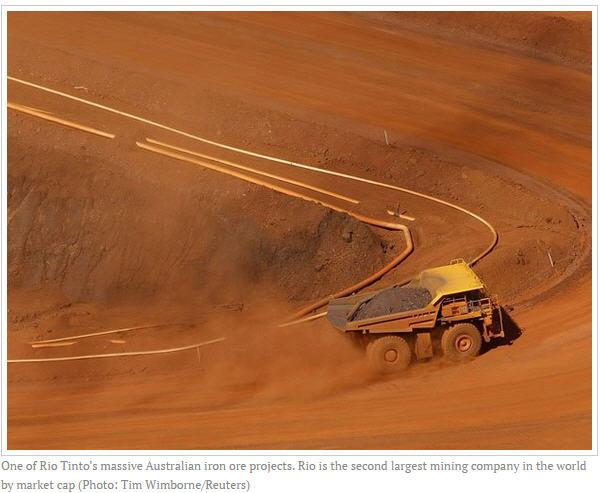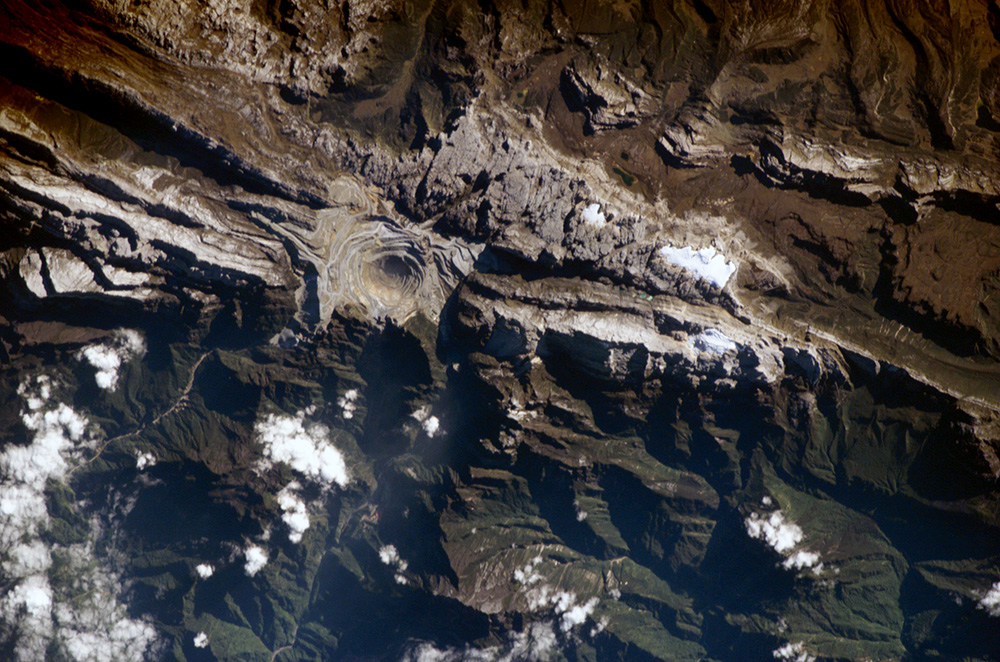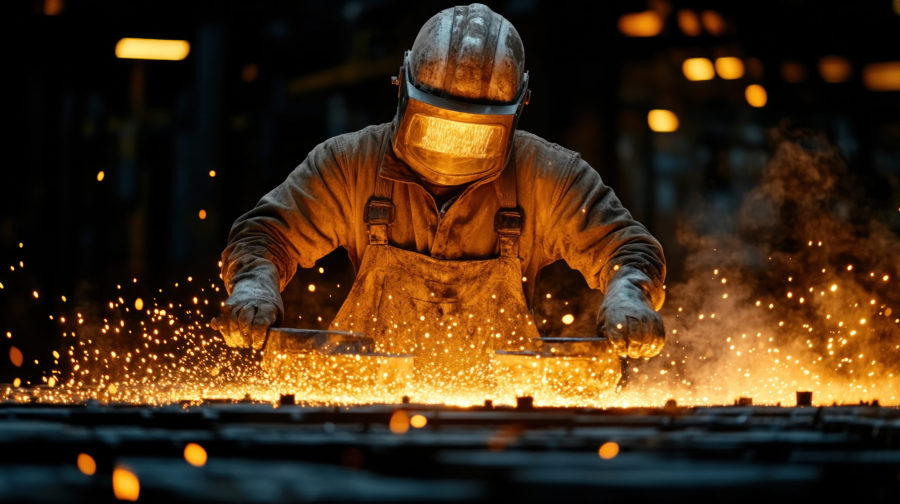Iron ore eradicates gains to hit lowest level since 2009
Iron ore is the lifeblood of industrial development with China’s ‘build it and they will come’ policy driving prices to a high of over $180 per tonne in 2011. Flash forward and iron ore prices have slumped to break below $80 per tonne, the lowest level in 5-years. This is causing more pain for an industrial metals’ sector that is already on its knees.
The world’s biggest miners are not even immune.
“Everyone is nervous about the iron ore price at the moment; are we shifting from heavy industrial (phase) to a consumer-led industrial (phase) in some classical economics professor’s views on development, and does that mean China is going to be using less iron ore? Well these are always the challenges for a mining company to decide which commodities it needs to invest in,” Stephen Potter the director of strategic planning for Vale, the world’s third largest mining company, told a mining conference in Melbourne on Tuesday.
The benchmark iron ore price for immediate delivery at the port of Tianjin in China slid fell to $79.80 per tonne on Monday, the lowest price since September 17, 2009. This sharp fall comes after a short-lived rally that led prices north of $85 per tonne last week.
The iron ore price has fallen over 40% this year.
The industry’s response? Expand output to increase volumes in the hopes that it would more than offset the falling prices. This proved difficult for some as higher-cost mines were forced to shut and work forces were drastically slashed.
According to a recent statement by China’s Finance Minister, Lou Jiwei, China will not be making any major policy adjustments due to a change in one economic indicator. This makes companies mining steelmaking materials such as iron ore cringe.
This is an especially hard thing to hear for Vale, which is already at a tremendous geographical disadvantage to their Australian counterparts: BHP Billiton and Rio Tinto.
The industry is oversupplied. The largest companies shot themselves in the foot by increasing production in response to a decreasing commodity price. Many analysts believe iron ore will be a story for the end of this decade with the glut in supply expected to last 2 to 3 years.
“We still see supply being ahead of demand for the next two to three years,” Mark Pervan, ANZ NZ’s head of commodity research, said at a conference in Melboune yesterday. “What we do see later in the decade is that to balance out.”
Companies like Rio Tinto and BHP have promised investors returns of capital, but the chances of this are dwindling each day along with the iron ore price.
Glencore was an exception and announced a $1 billion share buyback in August while Rio Tinto hinted towards February. BHP’s board announced in August that it couldn’t support a share buyback citing the volatile commodity markets.
As investors move down the food chain, companies with significant exposure to iron ore are really feeling the pain. Developers with capex still to be spent are most likely going to have to wait for higher iron ore prices.
Canadian developer, Alderon (ADV:TSX) is an example. Shares have mirrored the price of iron ore, hitting a high of over $4 per share in 2011 and are now trading at $0.81.
Given that the industry’s cost of production is around current prices, the sector offers a contrarian opportunity. However, it is important to remember that you can be right as a contrarian and still lose money. Timing is everything.
Read: ‘Everyone is nervous about the iron ore price’, admits Vale (The Sydney Morning Herald)
Also: Iron Ore Falls Below $80 to Lowest Since 2009 on China (Bloomberg)
By: Travis McPherson
More News
{{ commodity.name }}
{{ post.title }}
{{ post.date }}




Comments
Jae Park
Big four iron ore producers are big enough and make good profits
already.
Why do they intend to expand or open new mining sites to
increase production volumes and slash ore prices down?
Are they intending to make more revenues and to increase their
CEOs’ huge salaries or do they wish their shareholders to be sacrificed for the benefits of buyers?